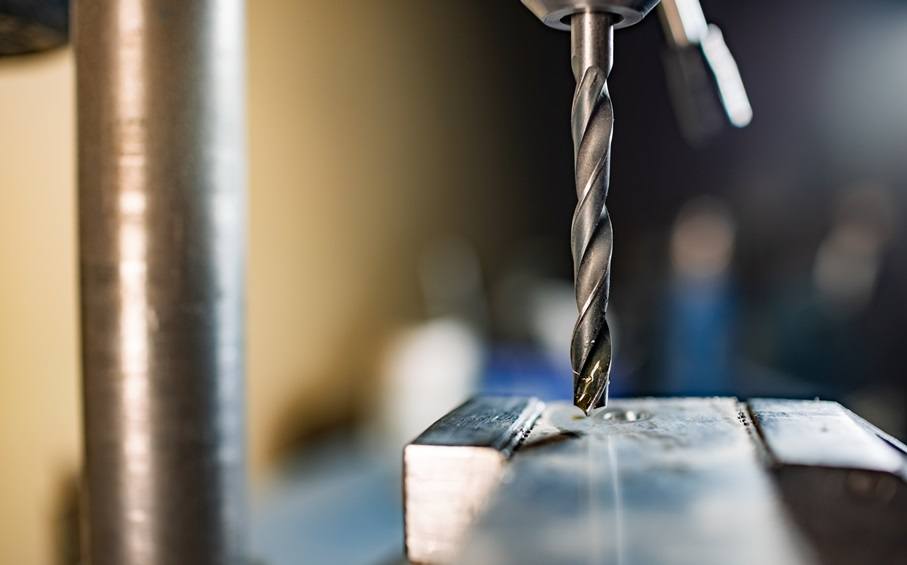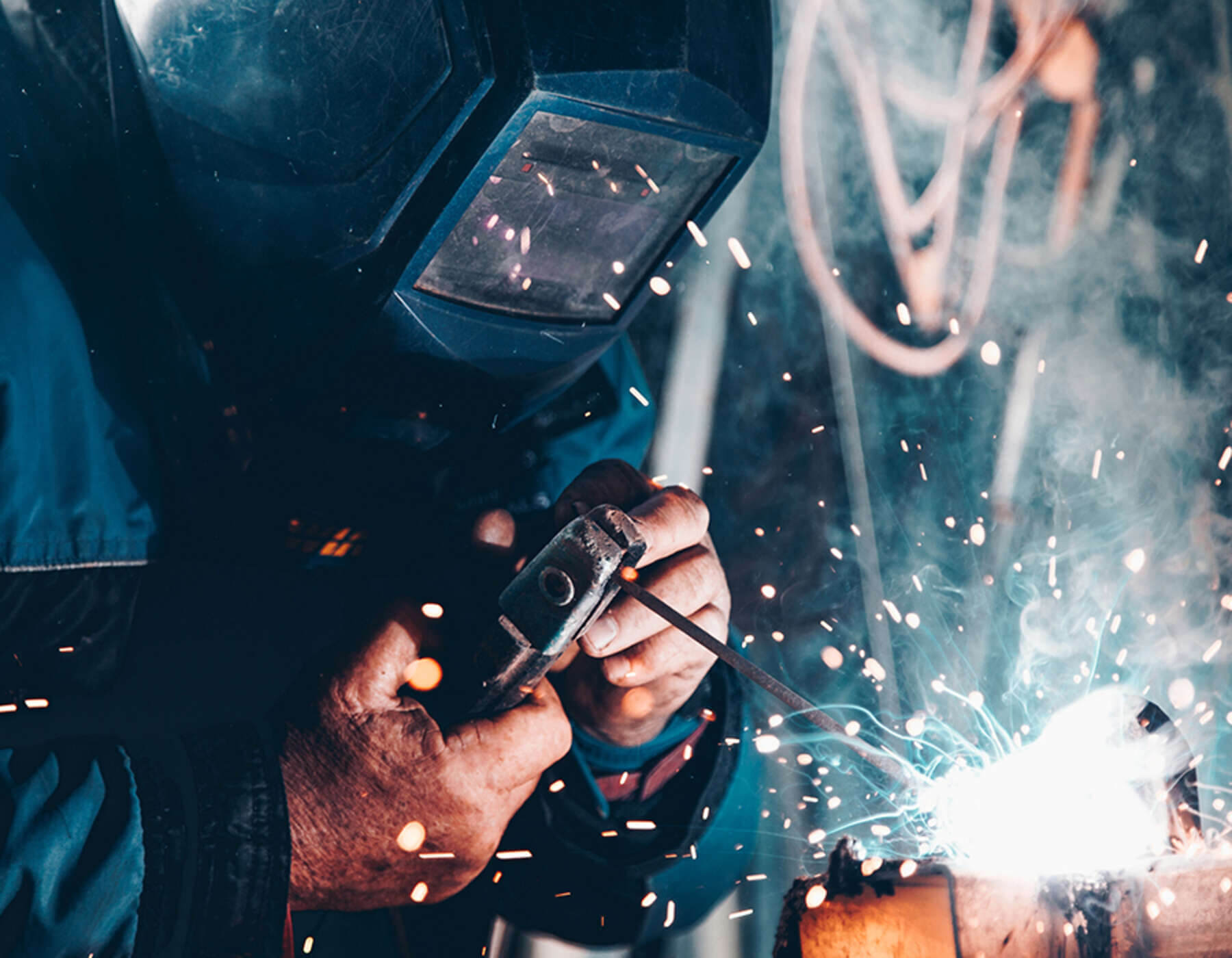
Friction drilling, also referred to as flow drilling or flow forming, is a precision fabrication process that allows fabricators, like the team at Morfabrication, to apply precise fastening points to metals.
There are many sheet metal fabrication services available today, allowing businesses to specify exactly what they require, with fabricators able to achieve this with the right metal material.
This is a great advancement in the area of fabrication, as sheet metal is used across various industries such as construction, automotive, aerospace, manufacturing, even the food and drinks sector, and the medical industry.
Sheet metal and metal components hold numerous benefits and support so many projects and products that fabrication is a necessary must to help achieve more innovative and standard solutions across these fields.
In this particular post, we look at the use of friction drilling in fabrication and the advantages this type of fabrication method offers.
What is friction drilling?
Drilling is a fabrication process that cuts a cross-sectional hole in a workpiece as required.
In this instance, the drill is placed onto the material, and as the drill head rotates at speed, it scoops out the material it is drilling through to eventually create a hole.
Friction drilling, however, uses friction to produce a bush from the parent metal.
Let us explain:
Friction drilling uses friction from the rotating drill piece between the two surfaces to displace the material.
As pressure is applied, the level of friction begins to increase. This will generate heat, which will subsequently melt the softer material, displacing it and creating a hole.
Sheet metal fabricators will then use axial force and speed using the harder material to create a bushing on the softer material, which will provide you with a fixing point for a connection when you tape the displaced bushing to allow you to add a thread.
Rather than weakening the joint by removing the material, as with normal drilling and taping, the parent material is used to form a strong, robust connection.
It’s important to note that friction drilling requires specialist tools and equipment, as well as sheet metal fabricators with experience in this area, as a great deal of precision must be applied.
How friction drilling is used in fabrication
Many components require tapped holes for assembly, and this is where friction drilling comes in.
Friction drilling is often carried out during the profiling stage of fabrication, for example, during the cutting and shaping of sheet metal, when design specifications are adhered to and met.
These are the initial stages of preparing the sheet metal before it moves through production ready for assembly.
Friction drilling helps streamline the fabrication process due to its efficient and effective approach to drilling. It often avoids the problems of taped inserts spinning.
Friction drilling is suitable for steel, stainless steel, aluminium, brass, and copper.
As there are several elements to sheet metal fabrication, it’s essential that you work with a fabrication team you can trust. A team who has experience in all areas of fabrication such as understanding and working with CAD drawings, cutting, drilling, shaping, forming, welding, finishing, and assembly.
Providing you with a non-stop shop for all of your fabrication requirements is the most efficient way to manage your metal project.
Advantages of using friction drilling
It produces superior, robust connections that are incredibly strong and don’t affect the material’s structural integrity, removing the risk of part failure.
These high-strength connection points prevent the need to add additional weight, rivets, weld nuts, etc., to the material.
You no longer need to insert connectors (which can compromise overall strength) as the connection points are created from the displaced material.
It is a fast fabrication process (compared to conventional drilling processes), saving you time and offering a quick turnaround time on production, as you’re able to manufacture fast and precise holes.
It improves quality and efficiency as you reduce cycle times and eliminate reworks.
There is less waste from this process as the displaced material is used to create the connection point.
This process is cheaper than its cutting counterparts, for example, laser cutting or water jet cutting.
It increases the material’s original thickness as it provides additional support as a bearing surface for the thread.
It is cost-effective as it removes unnecessary (or the need for additional) drilling and taping.
It comes with a high degree of accuracy, boosting product quality while reducing rework costs.
Sheet metal fabrication near me
At Morfabrication, all our team members are trained and experienced in sheet metal fabrication processes.
We pride ourselves on working with you, our customers, to ensure that projects are completed quickly, effectively, and always to a high standard.
We use the right tools and equipment to create durable connection points on which you can rely and trust.
Speak to our team today on 0191 816 2718 or email your requirements to info@morfabrication.com to find out more.
